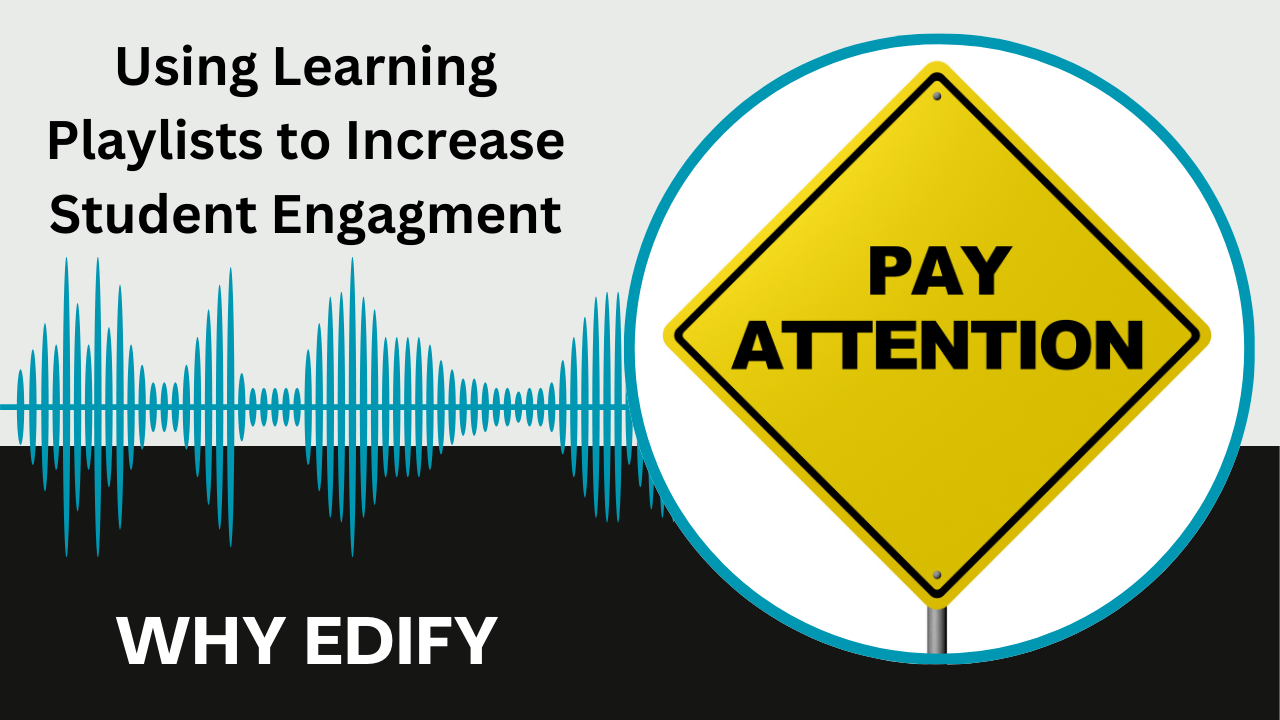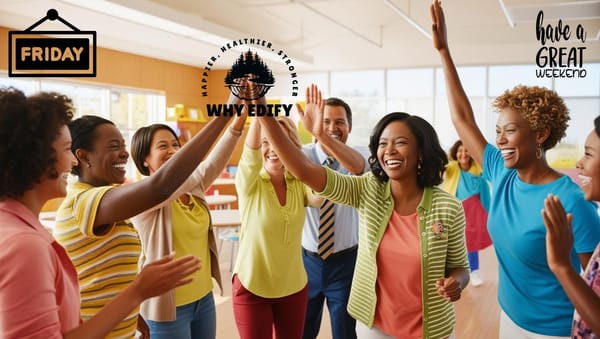Boost Student Engagement and Personalize Learning with Classroom Playlists
The use of playlists has significantly increased student engagement in my class. Students are more interested and active in their learning process, as they have the freedom to choose the pace and order of their tasks.

In my classroom, a playlist serves as a map students follow to gain the knowledge and skills associated with the learning target. This type of blended learning allows students to move at different paces and also includes an element of challenge for the students ready for it. I should acknowledge that Nichol Wolverton shared this idea in a session he led at the El Education National Conference. I brought it back and put my spin on it.
Here is how I use playlists in my 8th-grade science classroom, although they will work in any content area and almost any grade level.
- I use Google Classroom to organize my four-level playlists and an additional skills center. I prefer Google Classroom because students can attach work digitally and use all other features throughout the unit.
- Students move through each level after successfully navigating their “level up.” This is usually a Quizizz quiz set to a ninety percent mastery requirement.
- The levels correspond to our school’s standards-based proficiency levels. Each level is more challenging than the one before it. Level four is the Challenge Level and is not required.
- The students unlock certain “powers” as they advance through the levels, such as the ability to work with others, preferential seating, and the option to listen to music.
- Each assignment needs to be “unlocked”. This can be doing or saying something goofy, solving a riddle, answering a question, etc.
What do I like about using playlists this way?
- The use of playlists has significantly increased student engagement in my class. Students are more interested and active in their learning process, as they have the freedom to choose the pace and order of their tasks. This personalization of learning has resulted in more involvement and enthusiasm.
- With playlists, students are not held back by the pace of the whole class. They can move on to the next task as soon as they are ready. This autonomy motivates them to take charge of their learning and progress at a pace that suits their individual learning style.
- Implementing playlists in my classroom has opened up new avenues for creativity. This includes designing engaging and diverse tasks, incorporating different resources, and devising innovative ways to assess student understanding.
- Playlists provide the flexibility that allows students who require more time to grasp concepts to take the necessary time. This helps to ensure that the learning needs of all students are met and no student is left behind due to the pace set by others.
- For students who grasp concepts quickly and are ready for more, playlists offer the challenge they need. They can move on to more advanced tasks, keeping their learning experience stimulating and preventing them from becoming bored or disengaged.
- Grading and providing feedback during class has been made possible by the use of playlists. As students work at their own pace, I can check their work and provide real-time feedback. This not only enhances the learning experience for students, but it also frees up my time outside of school hours.
- Playlists have enabled me to get to know my students better. As I interact with almost every student during a class period to check their progress and provide feedback, I better understand their individual learning styles, strengths, and areas that need improvement.
What are some of the challenges of using this model?
- Building a unit is time-consuming. Developing the content, structure, and assessment methods for each playlist unit requires a significant upfront investment of time. However, once a unit is created, it can be reused and adjusted in subsequent years, offering a long-term return on the initial effort.
- Classes can be more chaotic: With students working at their own pace and on different tasks, the classroom environment can become more bustling. This requires a shift in classroom management strategies to maintain a productive learning environment.
- Some students may not seek challenges: While the playlist model encourages self-directed learning and advancement, not all students may be motivated to push themselves to higher levels. Teachers may need to provide additional motivational strategies for these students.
- The model requires self-direction from students: Teaching students to manage their own learning, set their own pace, and motivate themselves to advance can be a challenging aspect of this model. However, these valuable skills extend beyond the classroom, making this an important, challenging part of the process.
- Creating rubrics and ensuring quality work: With various tasks and individual pacing, ensuring students produce high-quality work can be tricky. Creating detailed rubrics and holding students accountable is essential for maintaining academic rigor.
The benefits outweigh the challenges for me.
Below are a few resources for using playlists. If you try it out, let me know how it goes.
- Playlists in the Classroom: A Pathway to Personalized Learning
- Using Playlists to Differentiate Instruction
- Playlist Building 101
- Incorporate Playlists Into Blended Learning




